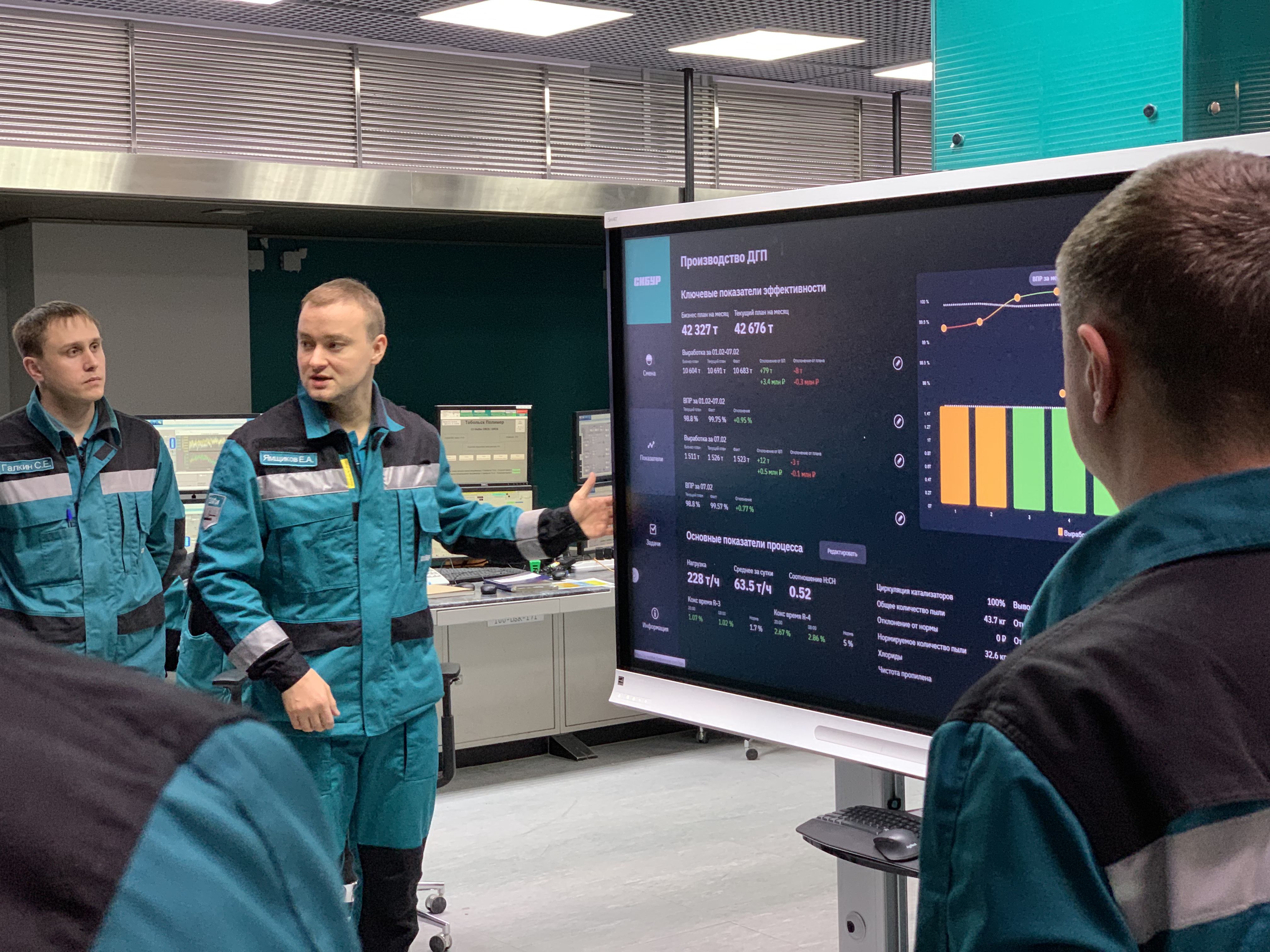The highest performance improvement potential is provided by advanced analytics, machine learning and artificial intelligence technologies. Recommendation models allow for prompt decision-making on operating practices enabling increase in production volumes while reducing the amount of raw materials used and preventing unscheduled equipment shutdowns. In logistics, this provides for reduction in product storage and transport costs.
To ensure advanced analytics tool effective application, procedures for data handling shall be implemented in terms of data collection, storage, and quality management. Therefore, together with analytical tools, "data platform" has become an essential infrastructural element for us as regards data storage and quality management. For its development, we create digital tools to support processes and networks of data-transmitting devices and sensors connected via wireless technologies.
Implementing all these data management components grants us the opportunity to become truly data-driven and develop a culture of relevant decision-making in all departments and at all levels.
Digitizing end-to-end value chains
Regular inspections are performed for operation control and timely maintenance of thousands of equipment units at the facilities.
During inspections, employees monitor equipment serviceability, device indicators, register malfunctions for repair service engagement. Inspections are performed along the pre-determined route with a certain frequency per shift, depending on the equipment criticality.
Formerly, this process was offline only, registered on paper. Tracking the instance of inspections, malfunction registering quality and collecting data was literally impossible.
Application for mobile M&R provides employees with visible tasks, results of the previous shift work and malfunction registering capability. It also addresses an important challenge of collecting large data volumes relevant for analytics and data-driven managerial decision-making.
The app works on a smartphone in a special explosion-proof case. NFC tags are placed along the inspection route in advance, with related equipment assigned. The inspector, moving along the route, places the phone against the tag, sees the list of equipment and a description of issues to be considered, and in case of a malfunction, it can be registered. Information about all registered malfunctions is displayed in the panel with the installation manager. During the inspection, real-time information is displayed in the operator room.
Hundreds of fire-, gas-hazardous, repair, high-rise and other types of operations are performed at SIBUR production facilities every day. To provide highest safety level, a work permit required by legislation shall be issued prior to such operations commencement. Traditionally it is executed in hard copy. All information on the work, such as location, parameters, safety measures, diagrams and people responsible, are entered manually.
Project on work permit digitalization provides for document preparation and execution in web application instead of hard copy. All safety measures for all types of work are collected in a database pre-approved by all authorities. The engineer only needs to select the required lines in the application, generate a work permit, and obtain electronic approval via the web application.
Employees of production facilities can get to their places of work by public transport. Formerly, papers with bus schedules were placed at the bus stops.
Now any employee of the company, including those on a business trip, can view the schedule for tomorrow from their smartphone or computer, track bus movement and get to the bus stop on time. If the bus run is canceled, the employee will find out about it promptly.
SIBUR dispatcher can check the correctness of any run performed by drivers, quickly adjust the route and timings. These changes will be mad visible to the users immediately.
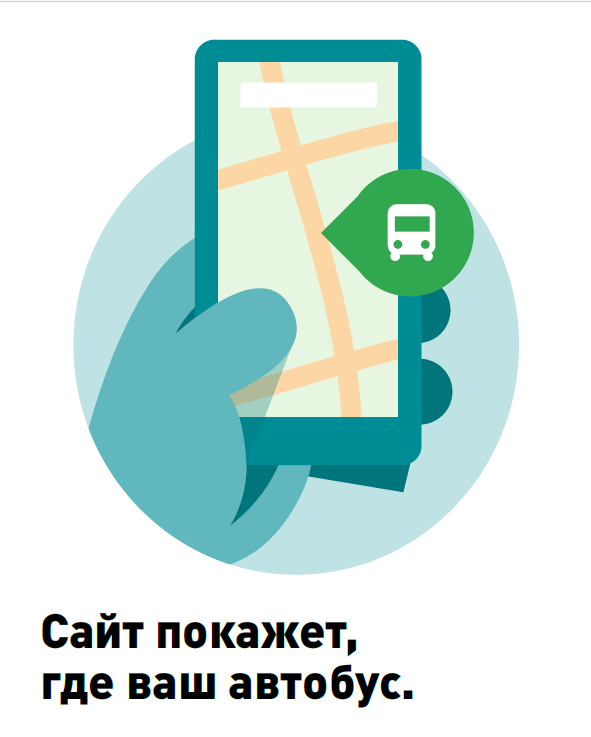
Increasing operational efficiency by process optimization, technological process modes and equipment monitoring
Productions are complex facilities with hundreds of process parameters. Operators have no actual real-time information on impact of the selected parameters (temperature, pressure, etc.) on economic efficiency of the entire enterprise. The visualization system of enterprise economy dependence on the process mode allows operators to conduct the technological process with the highest economic efficiency and safety available.
ECONS applies mathematical models providing online conversion of the most significant process parameters into monetary terms. Operator sees the parameters bringing highest income for the company and the ones in the "red zone" in real-time mode.
Reports are provided for monitoring operator actions, enabling enterprise engineers assess operator's underperformance and introduce relevant adjustments.
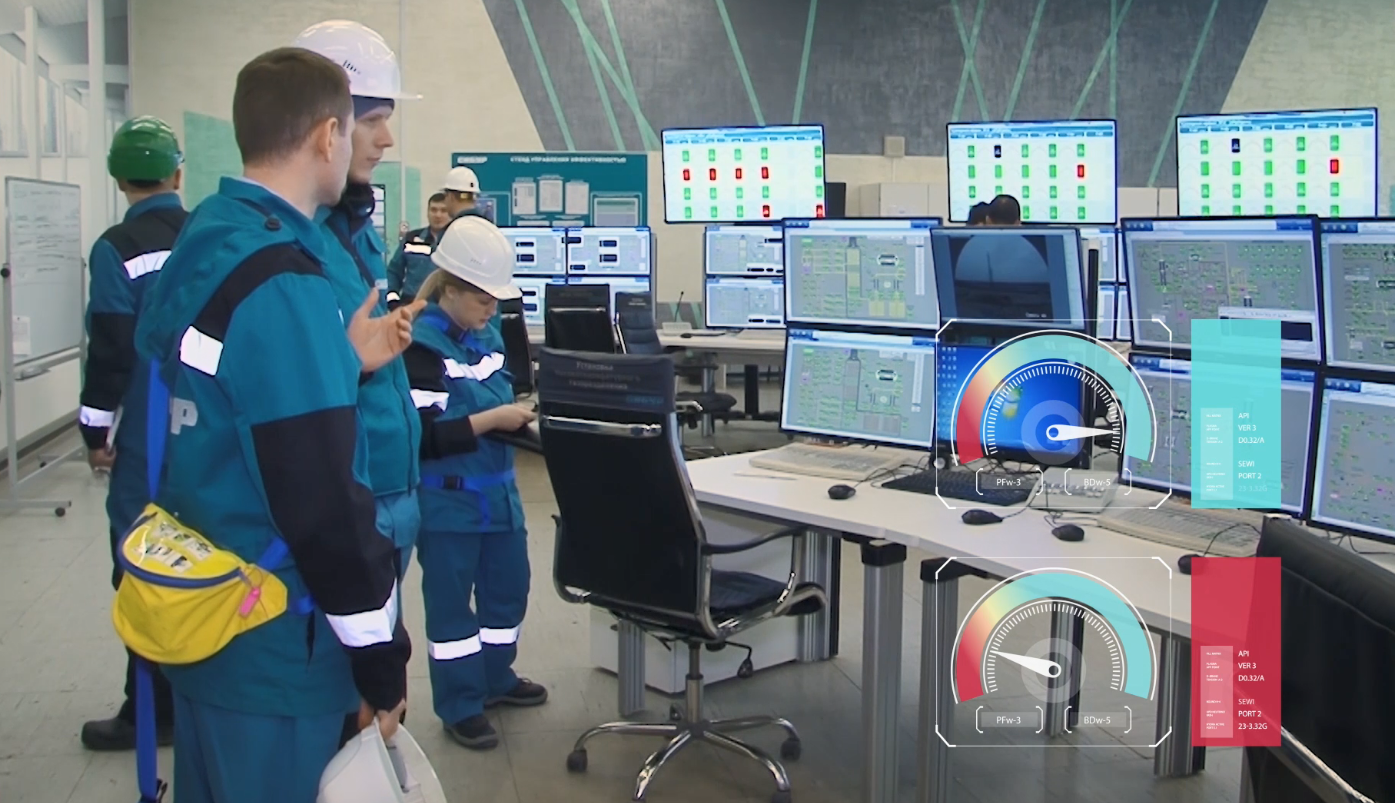
The digital model analyzes modifications in the process mode invisible for the operator. Depending on the objective, the screen displays the probability of product quality deterioration, a warning about excessive resource consumption, along with recommendations for each case. This allows for early process mode stabilization, avoiding unscheduled shutdowns, improving quality, and increasing production rates.
Optimization system improves performance of the existing control systems (DCS, APC) in petroleum hydrocarbons pyrolysis, compression, and cracked gas separation facilities.
The system simulates the process considering economic and production tasks on real time basis: it changes variables affecting the degree of raw hydrocarbons conversion during pyrolysis (reaction temperature, time spent in the furnace coil, pressure), as well as the process selectivity for various reaction products. For each possible furnace operating mode, RTO calculates the cracked gas target product content and total operating profit.
The systems allows for increasing total operating profit within the specified economic and process limits. Key RTO objective is achieving highest operating profit possible, calculated with reference to crude material, other materials and energy used, as well as revenue generated from product sales. Depending on the resource prices entered, the optimization system shifts the pyrolysis mode so as to increase process selectivity for the most valuable products.
The system significantly reduces key process parameter variability. By applying a dynamic model of parameter dependencies, the system predicts changes and provides proactive actions aimed at shifting the values of controlled parameters to the desired range. Reducing key parameter variability enables conducting the technological process close to the existing limits, increasing the process efficiency.
APC systems can be compared to the autopilot of an aircraft, facilitating the pilot's work in stable flight mode significantly. By controlling all process parameters and adjusting the process at 30-second intervals, APC increases the target product output and reduces energy consumption. In addition to the economic effects, APC utilization provides for reducing the operator's information load by taking over the routine task of managing a steady-state technological process.
Process simulation is the application of chemical kinetics and thermodynamics fundamental laws for simulating physical and chemical processes occurring in technological equipment, such as heat and mass transfer, reaction processes. Such models allow for conducting "what-if" analysis for different raw material compositions, process modes, etc., as well as developing new production process diagrams.
A separate area is hydrodynamic (CFD) modeling of liquid and gaseous media flow in piping and apparatuses with respect to mass transfer and reaction processes. The tool provides identification of suboptimal media flow parameters, areas with sediment formation risk, and process intensification potential.
Availability of digital counterparts in SIBUR has become an integral part of the culture leveraging data-driven decisions and achieving "smart results". The estimated economic effect amounts to hundreds of millions of rubles per year.
AR is a platform based on augmented reality technologies designed for effective communication of maintenance and repair services with geographically remote corporate and external experts. The software platform and special equipment (AR glasses) allow the specialist to receive auxiliary information and advice on the operations performed. Such advice may be provided either by remote experts or by a computer in any format – chat, text, photo, video, audio, graphics, etc.
Primary petrochemical industry processes are well automated through applying automated plant control systems (APCS). All related processes lack automation due to the high cost of APCS solutions and are performed manually. Industrial IoT is implemented for their automation.
Equipping process units with wireless explosion-proof sensors replaces standard equipment diagnostic inspections. It allows for timely detection and elimination of abnormal phenomena and defects through remote monitoring reducing faults, increasing efficiency, and eliminating human errors.
Sensors transmit parameters (temperature, vibration level, pressure) to the system, enabling prompt correction of abnormal situations and data collection for use by other systems. Deviation information is sent to the interface of the native IIoT platform.
For IoT implementation in our geographies, special equipment is required - with a certificate of explosion protection and availability of operation in low temperatures (down to -55 degrees Celsius). There was no such equipment on the market, so we develop it ourselves:
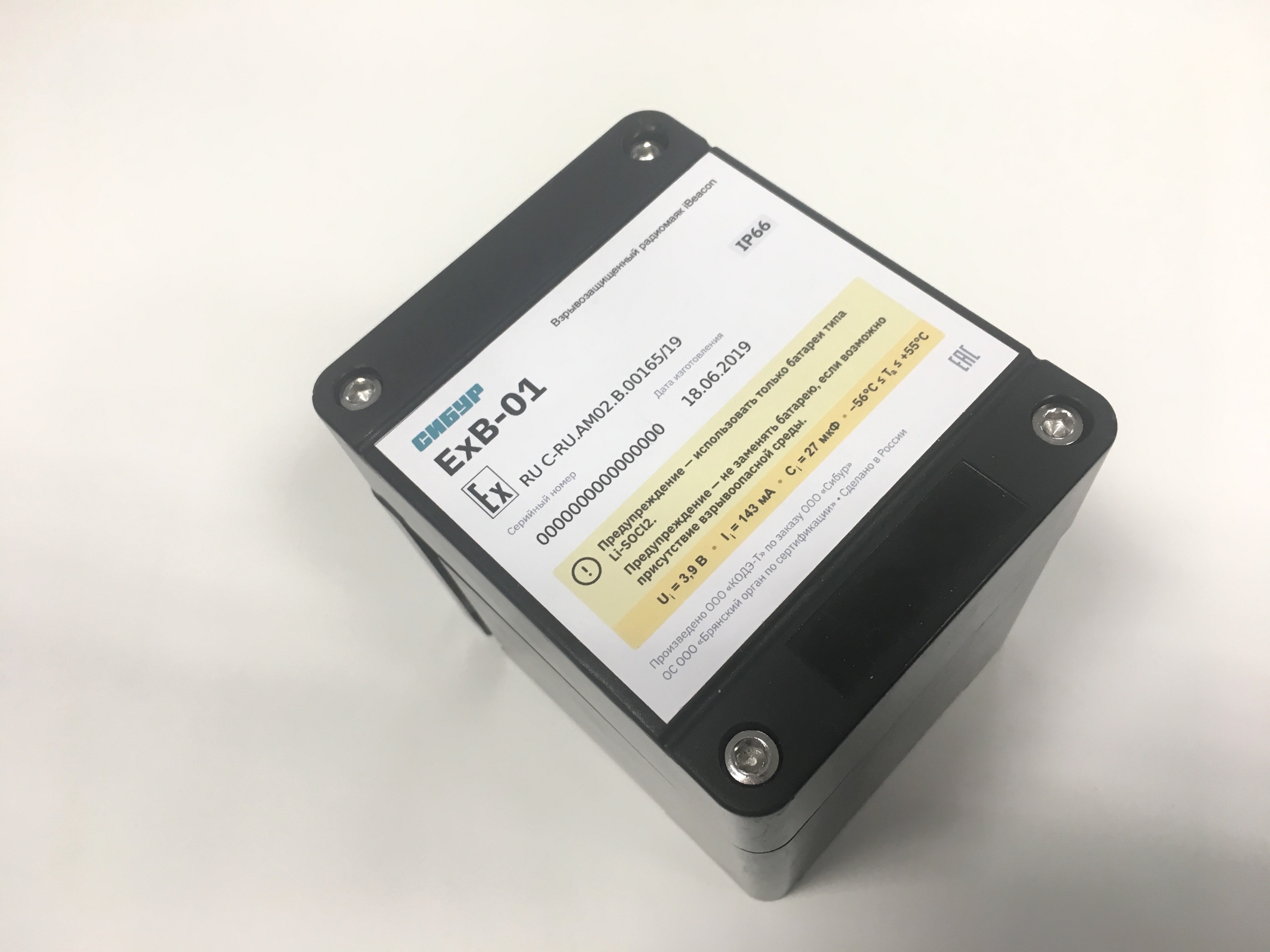
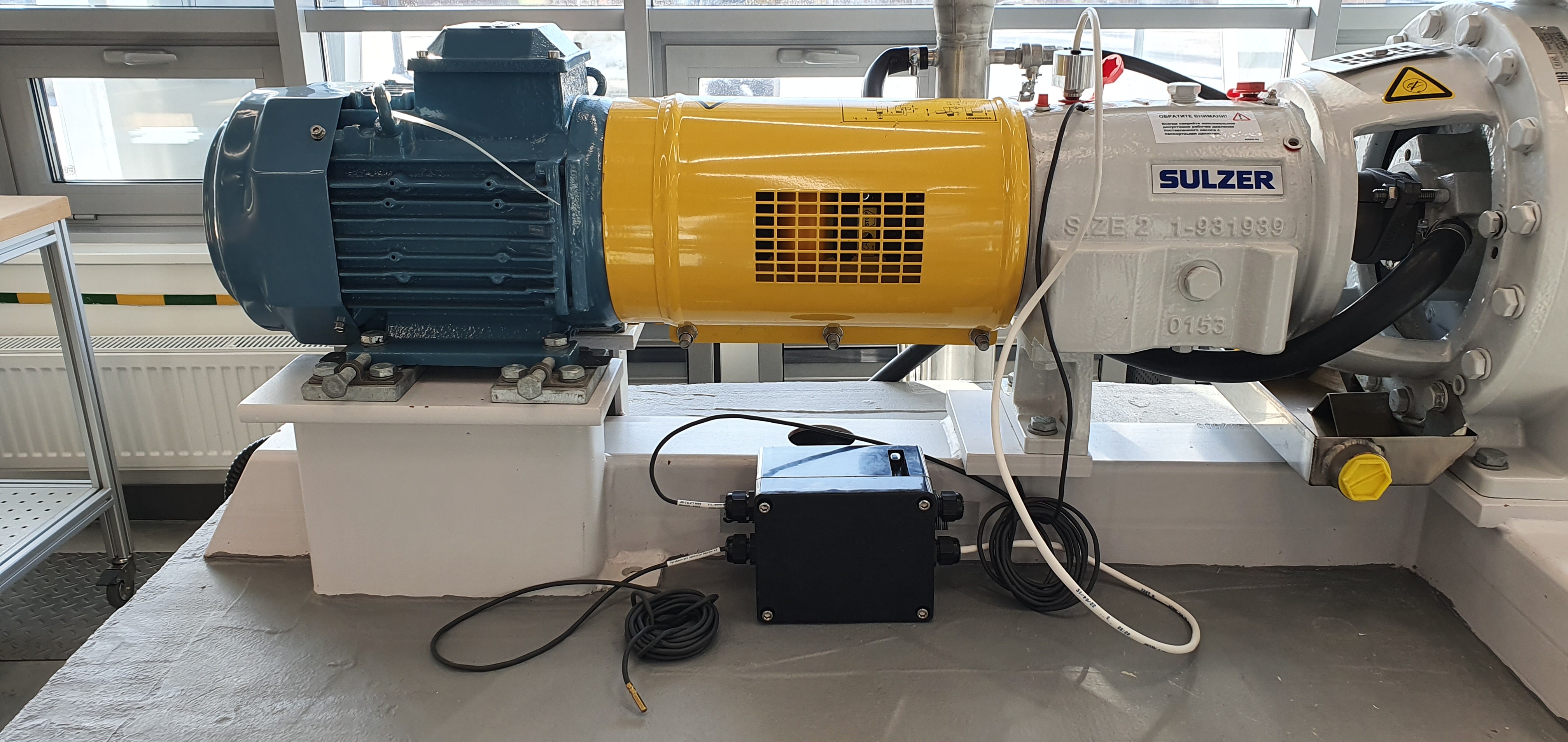
Video Analytics can serve multiple tasks: improving product quality through automatic control and rejection, avoiding unscheduled production line shutdowns, promptly warning the operator about the need to interfere with the lint operation, and monitoring compliance with industrial safety rules.
Computer Vision recognizes abnormal situations about deviations in installation operation and safety requirement violations, and signals the operator of the same. Previously, all cameras were displayed to the operator, but now they only see signals about deviations and their descriptions – the situations in which prompt intervention is required. If there are no deviations, the screen of the video surveillance system remains black and does not distract the operator from the process control.
Computer Vision is improved by machine learning algorithms detecting the necessary objects and then classifying and describing the situation observed. If the situation differs from the standard, the system applies appropriate measures.
Drones monitor production plants, remote, inaccessible facilities, and collect data. Flight range and altitude allows for obtaining up-to-date data that is not available during traditional rounds and inspections in production facilities. Unmanned aerial vehicles can simplify and automate processes: in Tobolsk, a drone performs river water sampling to monitor the environmental situation.
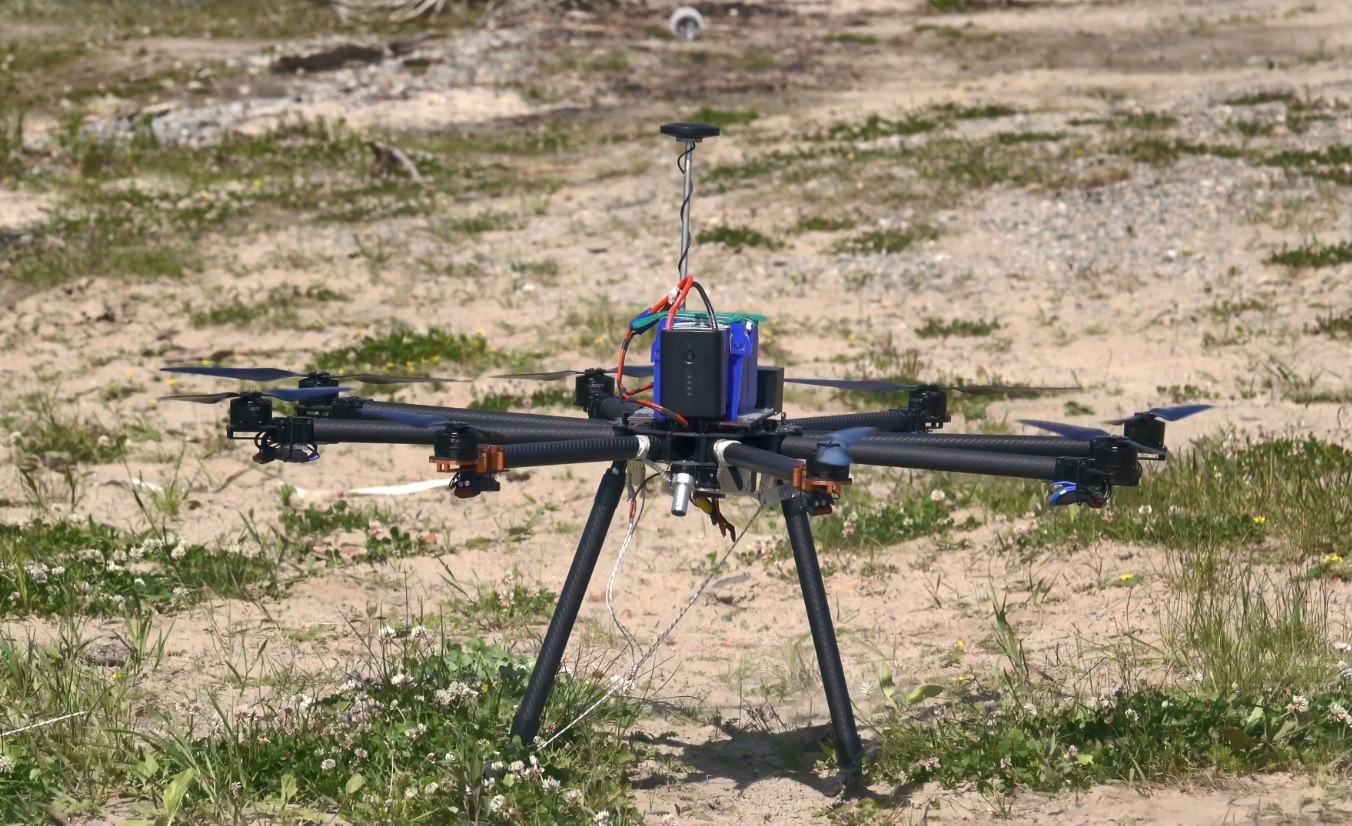
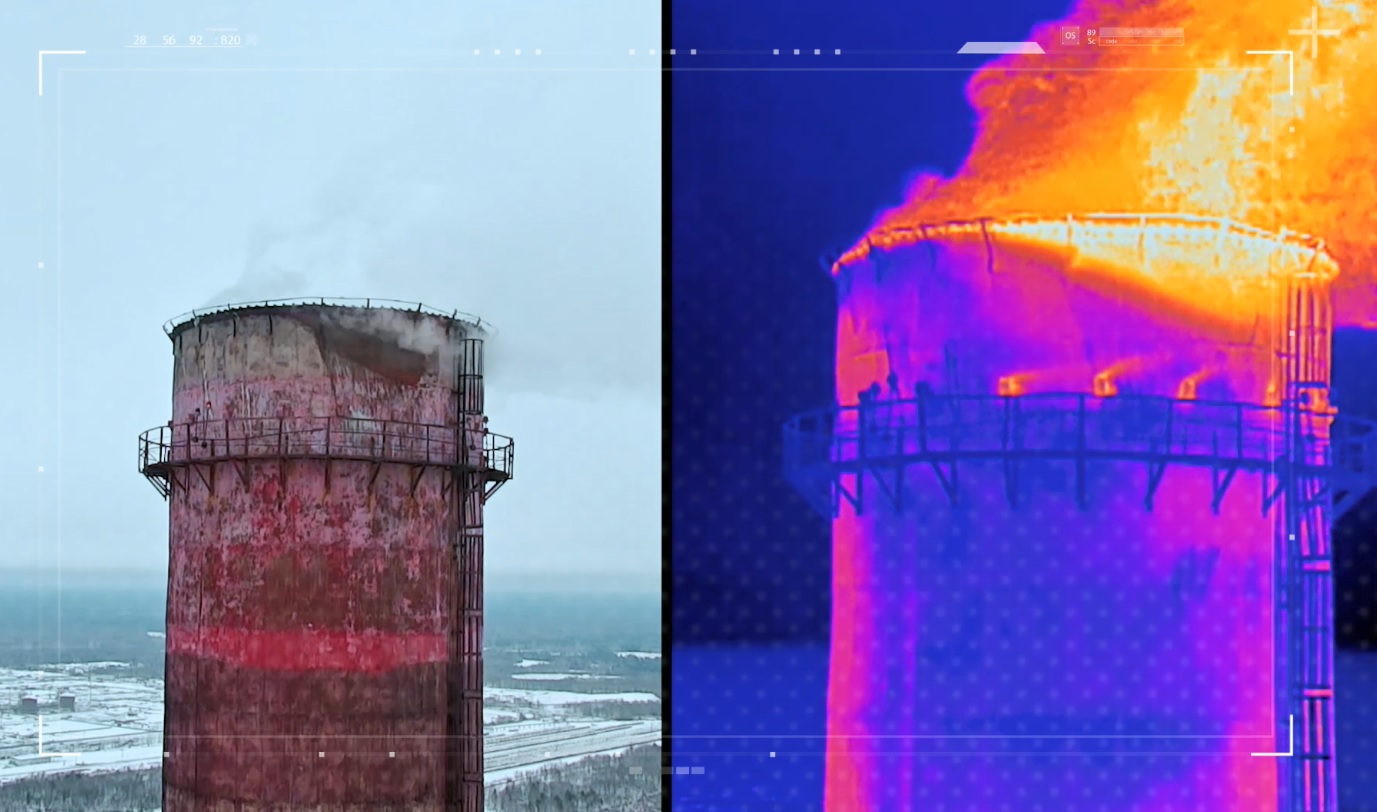
By implementing tools allowing us to make the most effective decisions based on data analysis, we are gradually moving to a data-driven culture
Data Platform collects about a million events (tags) generated by SIBUR enterprises every 20 seconds. Its primary task is to process and store data from over 60 systems. All of them will prove helpful in making effective decisions.
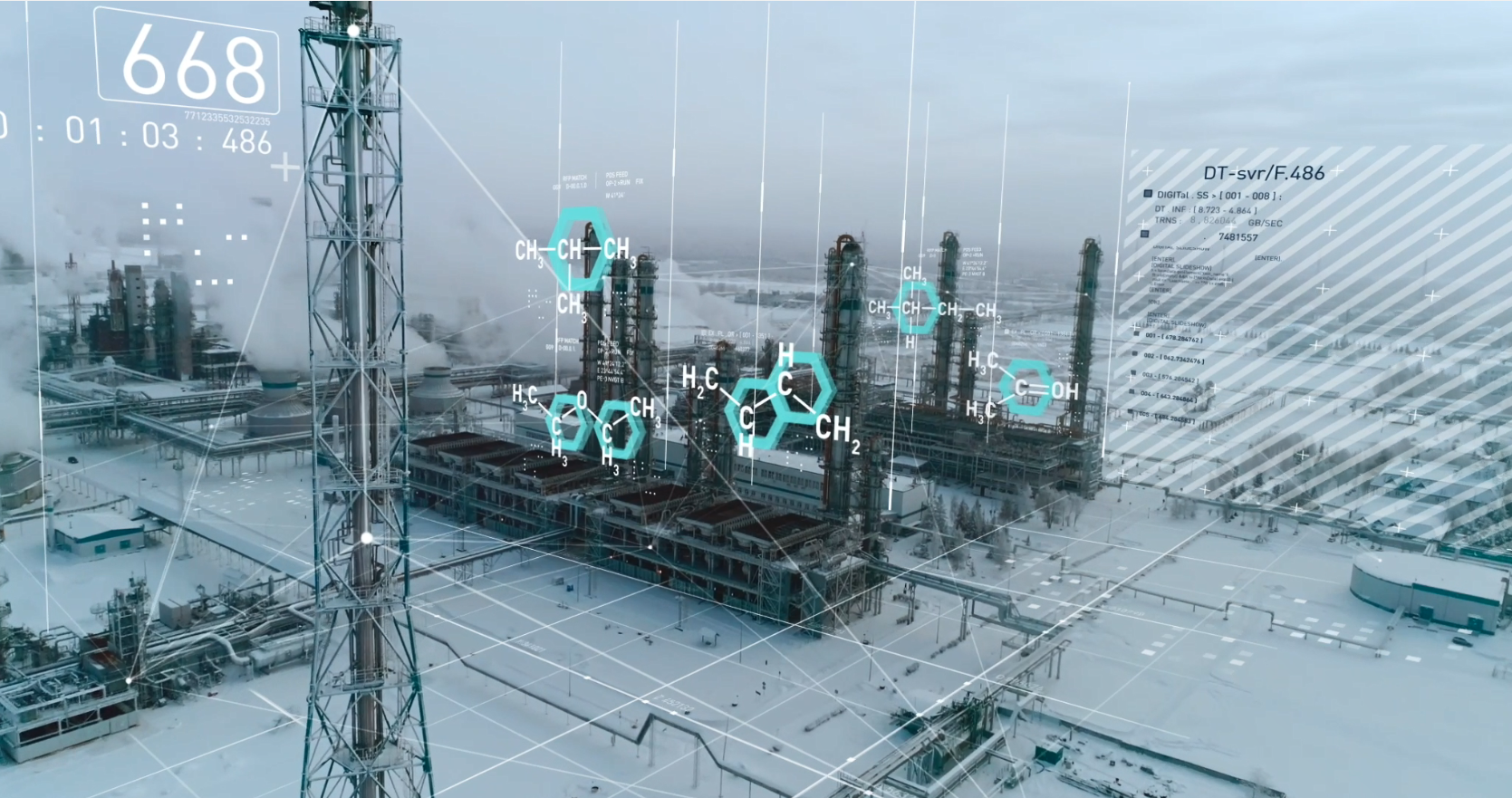
The current price forecasting accuracy for raw materials and products in the primary markets does not always allow for directing products to upper-level markets, as well as optimizing material flows between products with the highest efficiency.
The Dynamic Pricing tool is based on data analysis and Artificial Intelligence. The system forecasts prices for products and raw materials in target markets using data analysis and Artificial Intelligence, providing for making decisions about sales time and geography, and timely directing the products to more profitable markets.
Dynamic pricing models are trained on large data sets, utilizng all the dependencies a person can't keep track of. Product, raw materials and related product prices, supply and demand, equipment shutdowns and accidents, macroeconomics, stock prices, and other factors are considered.
The system increases the forecasting accuracy by an average of 2 times, and forecasting speed from 2 weeks to a couple of minutes.
At the facilities, specialists ensure 24/7 installation operability through shift work.
Digital performance boards are used for daily shift synchronization and for monitoring the situation at the facility. Digital boards display key production indicators, keep logs of short- and long-term tasks, and notify managers about important production events.
This ensures synchronization and transparency of production work processes, shifts have constant access to information for solving complex multi-stage tasks, which positively affects the speed of decision-making, and reduces the risks of emergency situations and attributable losses.
